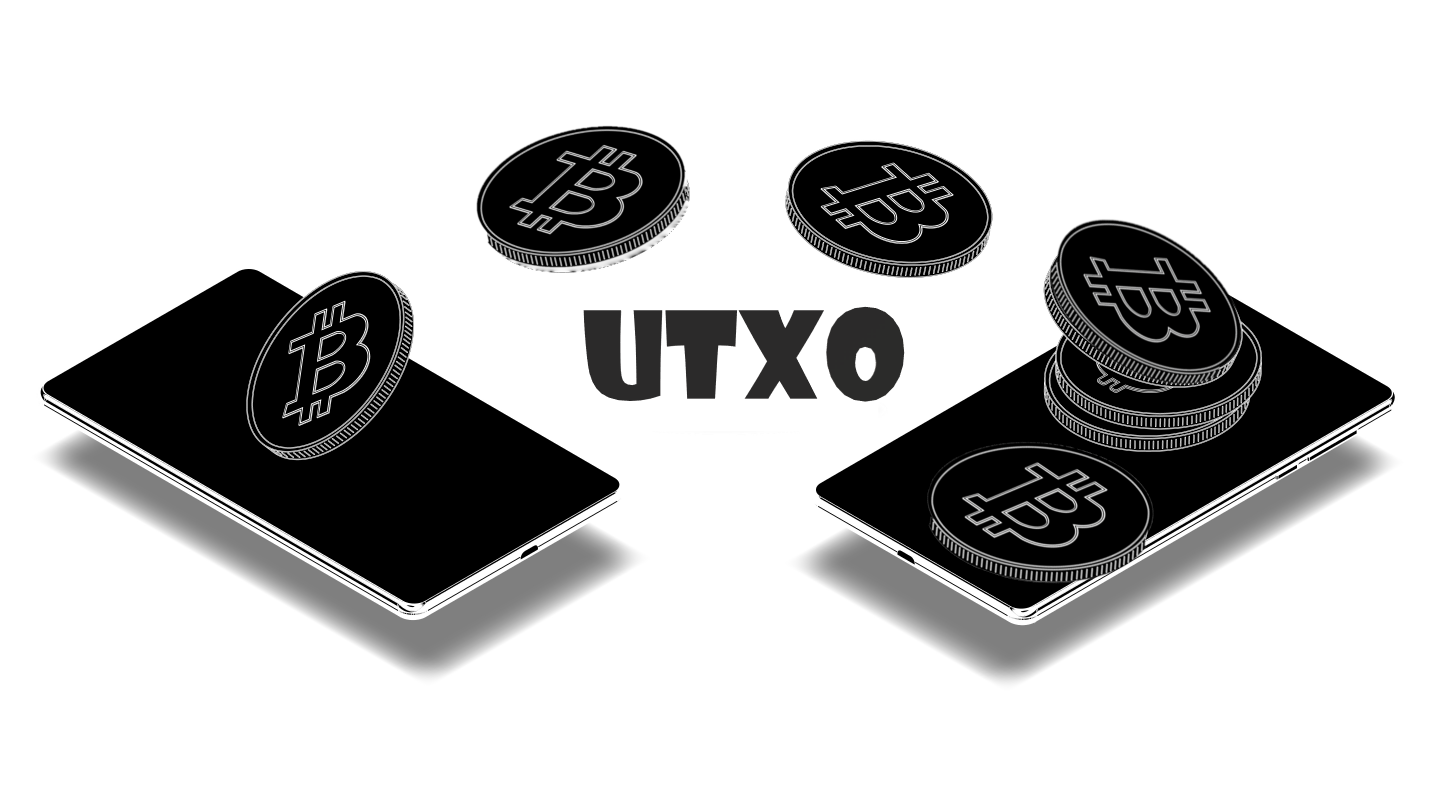UNSPENT TRANSACTION OUTPUT (UTXO) EXPLAINED
An unspent transaction output (UTXO) is the leftover cryptocurrency in a wallet, following a transaction. So, for example, if you have 10 BTC as your Bitcoin balance, it isn’t just a single unit of 10 BTC but accumulated UTXOs of several leftover balances.

An unspent transaction output (UTXO) is a concept that describes how Bitcoin and many other cryptocurrencies carry out transactions. Specifically, a UTXO is a balance left from a transaction made, just like you get a $2 bill after spending $3 from a $5 bill. Of course, there are no physical currencies with cryptocurrencies; all are virtual. However, understanding the concept of Unspent Transaction Output (UTXO) will give you a broadened insight into how cryptocurrency transactions work.
What is Unspent Transaction Output (UTXO)?
An unspent transaction output (UTXO) is the leftover cryptocurrency in a wallet, following a transaction. So, for example, if you have 10 BTC as your Bitcoin balance, it isn’t just a single unit of 10 BTC but accumulated UTXOs of several leftover balances.
For the sake of this explanation, let us assume that your 10 BTC balance comprises 2 BTC, 3.2 BTC, 4.7 BTC + 0.1 BTC, and you want to make a Bitcoin transaction worth 3.8 BTC. However, looking at your wallet, there is no precise UTXO worth 3.8 BTC, so you need to spend the ones in your wallet to make the transaction.
So, upon approving the transaction, the network will take one of your UTXOs, say the 4.7 BTC UTXO, and split it into 3.8 BTC and 0.9 BTC; the 3.8 BTC goes to the recipient, while you will receive a new 0.9 BTC UTXO in your wallet. Hence, after spending 3.8 BTC from a 10 BTC wallet balance, you would be left with a 6.2 BTC balance spread into four UTXOs of 2 BTC, 3.2 BTC, 0.9 BTC, and 0.1 BTC.
Alternatively, the network could spend the 2 BTC and 3.2 BTC UTXOs to produce a balance of 1.4 UTXO; hence, the total 6.2 BTC balance will be spread into UTXOs of 1.4 BTC, 4.7 BTC, and 0.1 BTC, reducing the number of UTXOs in your wallet. Of course, any other combination of UTXOs can be spent; however, you cannot choose or control the UTXO spent, as the process is entirely random.
Transaction fees from the said transaction are deducted from the balance sent back to the wallet; hence, from the example above, if the 3.8 of the 4.7 BTC UTXO was spent, with a total transaction fee of 0.01 BTC, the new UTXO will be 0.89 BTC instead of 0.9 BTC.
UTXOs aren’t held in any specific denominations like currency notes. A 10BTC wallet could be spread into several breakdowns, different from the ones above. So, instead of 2 + 3.2 + 4.7 + 0.1, it could be 6.5 + 3.5, or any other permutation.
Some blockchains like Ethereum do not adopt the UTXO model; instead, they use the Account model
Why is UTXO important?
Cryptocurrency transactions are implemented such that double-spending cannot occur; in other words, every coin in the ecosystem can only be spent once upon minting. So, every coin available on a Blockchain’s ecosystem is either gotten as a mining/staking reward or produced as a new UTXO (as described above) after a complete transaction.
Unspent transaction outputs (UTXOs) are crucial to preventing these malicious double-spending attacks on the blockchain. The nodes maintaining the network record all transactions that record the UTXOs (unspent coins); hence, the network will reject any transaction that isn’t present in the existing UTXO database, thereby preventing double-spending.
Advantages of UTXO in Blockchain Transactions
Scalability
UTXO blockchains facilitate scalability by enabling easy verification for all transactions via the UTXO database; hence, payment channels like Bitcoin’s lightning network can operate with maximum speed since transactions to and from the first and second layers can be verified instantaneously.
Privacy
UTXOs facilitate blockchain privacy because UTXO transactions generate new addresses per transaction; hence, tracking the flow of money becomes impossible. As a result, many privacy blockchains like Z-cash, Monero, Dash, etc. all adopt the UTXO blockchain model
Security
By eliminating double-spending and facilitating privacy, UTXOs help blockchain’s security protocols
Drawbacks of UTXO in Blockchain Technology
Poor Programmability
UTXO blockchains aren’t easily programmable; hence automation of transactions via smart contracts may not be possible.
Large Data Size
The UTXO database is kept on the blockchain, and as blockchain users increase, the number of transactions increases correspondingly; therefore, the database keeps getting bigger. As a result of the colossal data size, UTXO blockchains will suffer scalability efficiency. Also, transactions will become more expensive because node operators will incur greater costs to manage the UTXO database.

Final Takeaway
UTXOs are essential fundamentals of cryptocurrency and blockchain technology, which primarily help avoid double-spending attacks – a common problem with digital and fintech payments.
If we have provided clear insights into what UTXO is, you should visit the CCTIP Blog for more beginner tips, as well as detailed guides on cryptocurrency and blockchain technology. Also, follow our social media communities: